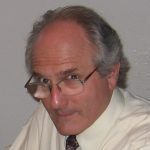Notes from the Field: January, 2020
Nature Cure Clinical Pearls
Jared L. Zeff, ND, VNMI, LAc
The following is not an article prepared for a medical journal. Not every statement of fact is cited or referenced. This is a commentary on the medicine, a running set of observations about practice in the field. It’s not meant to be a peer-reviewed presentation; rather, these are notes and thoughts from a practicing naturopathic physician, a primary care doc in general practice.
Why Consider Philosophy?
I ended my last submission with this: “Lindlahr taught us that there are 3 primary causes of disease: lowered vitality, abnormal composition of blood and lymph, and the accumulation of morbid matter and poisons. As we address these – with dietary changes, hydrotherapy, homeopathy, botanical medicine, and occasionally some specific nutrients – health improves. And as health improves, disease begins to resolve. I think that next month I want to address this underlying theory in more depth and greater detail.”
Let me begin this discussion with a reference to a book that was published the year I graduated from NCNM:
What physicians think medicine is profoundly shapes what they do, how they behave in doing it, and the reasons they use to justify that behavior. … Whether conscious of it or not, every physician has an answer to what he thinks medicine is, with real consequences for all whom he attends. … The outcome is hardly trivial. … It dictates, after all, how we approach patients, how we make clinical judgments.
(Pellegrino, 1979)1
A philosophy is a worldview, a lens through which a person understands the phenomena that he encounters in the world. Every historical medical system can be described in terms of the philosophy through which it functions, and, as Pellegrino points out, that philosophy will determine what the physician perceives and how she will think and act.
Conventional Medical Philosophy
Most conventional physicians would tell you that they do not have a philosophy, that their thinking is simply based on science. Medicine is simply medical science. But looking beneath the surface, one can detect that there are thinking patterns upon which medical decision-making is based. Conventional medical thinking is based on a simple and elegant paradigm: the diagnosis and treatment of disease. This seems so obvious. We learn this simple model as children. We learn it from TV, from Sesame Street, from our parents and classmates, from our culture. When you are taken to the doctor, you expect 2 things: that the doctor will figure out what is wrong, and then fix it.
This simple model of disease and treatment is based on at least 4 assumptions:
- That human illness is categorizable into specific disease entities or pathologies, which there are around 12 000
- That these diseases are determinable; ie, a physician can determine which of these is afflicting a person. (We call this the science of diagnosis.)
- That these disease entities can be removed from the patient, resulting in the restoration of health; or, at least this is the goal of medicine
- That treatment should be based upon the evidence-based utilization of specific pharmaceuticals, surgeries, and other treatments, utilized to address or remove or reduce the specific pathological entity
This is the philosophy of conventional medicine, simply stated. A suffering person comes to the physician, and the physician diagnoses the pathology and then treats it. This elegant and effective philosophy has saved countless lives and substantially reduced human suffering. Medicine, the educated tradition of Western medicine, did not always think this way. In fact, until the mid-1800s, this concept of treating specific diseases was considered uneducated and inappropriate. For over 1000 years, Western medicine was based upon a different philosophy, which, simply stated, was the “balancing of humours.” Treating specific disease was considered quackery. The current philosophy was standardized in the United States through the efforts of the AMA by around 1920, just 100 years ago.
How to Think Like a Naturopath
Henry Lindlahr’s Nature Cure, first published in 1913, remains, in my opinion, the best and most comprehensive iteration of naturopathic philosophy yet published. There have been several good ones since then. Paul Wendel’s Standardized Naturopathy (1950) and Harry Riley Spitler’s Basic Naturopathy (1948) were both good additions. There have been others. Frasier Smith’s Principles and Practices of Naturopathic Medicine (2008) is an important addition. Pizzorno and Murray’s Textbook of Natural Medicine, though comprehensive in many ways, and to which I have contributed, is not really an exploration of philosophy as much as a well-researched and annotated development of what might be called natural medical approaches to specific pathologies, more in the realm of what is currently referred to as “Functional medicine.” There are a number of others. However, I believe that Lindlahr remains the best guide for how to “think like a naturopath.”
When I first met Dr Harold Dick of Spokane, WA – a man who was to become my mentor – he told me that I did not know how to think right. He told me that I thought like a medical doctor, not like a naturopath. I took a bit of umbrage at that, and it confused me because, after all, I had recently graduated from the only naturopathic medical school in North America. But I learned from him a truly different way to think about healing and disease. I should note that I did not have a course in school titled “Naturopathic Philosophy” that was presented in any organized and comprehensive way. No one ever told me to read a book called Nature Cure by Lindlahr. I did not know that such a book existed. I graduated thinking that naturopathic medicine was the diagnosis and treatment of disease using natural substances rather than synthetic pharmaceuticals, ie, still using a conventional medical paradigm. In my education with Dr Dick, his first goal as my teacher was to correct this.
It is not coincidental that Dr Dick was a student of Dr Otis Carroll, who was a student of Henry Lindlahr. Carroll attended Lindlahr’s school in Chicago between 1904 and 1908, if I recall correctly. I did not know, nor would have appreciated then, that what I was learning was in a direct line from Lindlahr. Dr Lindlahr was a medical doctor, though his heart was in naturopathy, and he studied with many of the naturopaths of that time. He was a close colleague of Benedict Lust. He toured and learned from many of the European clinics and hydrotherapy spas. His clinic was a renowned center of naturopathic medicine. It was through his clinical practice and his training with the best naturopaths of the day that Lindlahr’s understanding of naturopathic medicine was developed and sharpened and led to his ability to articulate the underlying philosophy in an ordered and comprehensive way. Nature Cure appeared in 7 volumes. The first Nature Cure was “Philosophy.” The second was “Practice.” Number III was “Dietetics.” “Iris Diagnosis and other Diagnostic Methods” was number IV of the series. I do not recall the others.
In Nature Cure, Lindlahr lays out a medical philosophy in which disease and its treatment is conceived differently from the conventional understanding. Rather than focus upon which of the tens of thousands of disease entities a sufferer might have, and then direct treatment against that entity, the naturopathic physician looks to understand why the person succumbed to illness. The most fundamental difference between naturopathic thinking and conventional thinking is the concept of the Vis Medicatrix Naturae, the healing power of nature. In conventional medicine, disease is usually viewed as something going wrong with the body. In naturopathic medicine we understand that the body is ordered and intelligent in its function and that illness is generally an adaptive state in which an intelligent and ordered entity, which constantly strives to be healthy, is responding to and coping with something that has disturbed its function.
Lindlahr’s Approach to Illness
In Chapter 4 of Nature Cure, Lindlahr presents us with 3 primary causes of disease:
- Lowered vitality due to overwork, nightwork, excesses, overstimulation, poisonous drugs, and ill-advised surgical operations
- Abnormal composition of blood and lymph due to the improper selection and combination of foods, and especially the lack of organic mineral salts and other essential nutritional elements
- Accumulation of waste matter, morbid matter, and poisons due to the first 2 causes, as well as to faulty diet, overeating, the use of alcoholic and narcotic stimulants, drugs [both recreational and prescription], vaccines, accidental poisoning and, last but not least, the suppression of acute diseases [Nature’s cleansing and healing efforts] by poisonous drugs and surgical operations
Lindlahr clarifies this with the statement, “In the ultimate, disease and everything else that we designate as evil are the result of transgressions of natural laws in thinking, breathing, eating, dressing, working, resting, as well as in moral, sexual and social conduct.”
To reverse disease, one must address these causes. Treatment should involve the strengthening of vitality, the normalization of the composition of the blood (nutrition), and the removal of the toxic matter that has accumulated.
In Chapter 2 of Nature Cure, Lindlahr outlines the 6 methods of doing this, which are often referred to as the “Six Horses”:
- Establish normal surroundings and natural habits of life in accord with Nature’s Laws.
- Economize vital force.
- Build up the blood on a natural basis, that is, supply the blood with its natural constituents in right proportions.
- Correct mechanical lesions.
- Promote the elimination of waste matter and poisons without in any way injuring the human body.
- Arouse the individual in the highest possible degree to the consciousness of personal accountability and the necessity of intelligent personal effort and self-help.
Lindlahr presents a different paradigm of medicine. In this model, rather than treat the specific entities of pathology, with each a different treatment, the whole of the organism is treated by methods intended to increase the health of the organism, addressing the 3 primary causes using the “Six Horses,” which he proceeds to elaborate on. The assumption is that as the health improves, the disease manifestations will resolve. In general, this is what we have observed over the past 100+ years of this profession’s existence.
No Incurable Diseases
So then, thinking like a naturopath means to think differently than one does within the conventional medical paradigm. It means to direct one’s efforts not against a specific entity of pathology, but instead to improve the health of the organism. Whereas conventional medicine is “disease-based,” naturopathic medicine is “health-based.”
Using a different paradigm to direct healing will result in a different outcome. For example, there are disease entities for which there is no known curative treatment. In general, this concept of incurability does not occur in naturopathic medicine, at least not in the same way. Dr Dick told me, “There are no incurable diseases.” That made me wonder. “Maybe,” I thought. But after 40 years in the field, I understand what he meant. He also said, “but there are incurable patients.”
There are no incurable diseases, in part because we do not seek to cure disease per se. Certainly it is necessary and important to understand pathology as well as prognosis. We study pathology and diagnosis intensely, in the same depth as conventional medical students. But we can approach pathology with this different understanding. Someone with a severe juvenile arthritis generally presents as “incurable,” and the patient has usually been told this. But I have seen this condition reverse, and I expect it to. My treatment is not directed against the arthritis; I am not primarily using natural “anti-inflammatories.” Rather, my treatment follows Lindlahr’s guidelines.
Before I had heard of Lindlahr, I observed Dr Dick reverse chronic and incurable disease, and I began to see a pattern in his work. First, one must get the diet right and correct the digestion. One then works to stimulate the vital force, the inherent tendency within the body to heal. Then one supports the damaged or weakened systems. Then one corrects the mechanical lesions. As I worked with this observation, and saw it work in my own patients to reverse their “incurable” diseases, I began to teach it in my courses at NCNM. Then, as I was invited to teach at Bastyr, Pam Snider suggested some additions to this concept, and the Therapeutic Order was created. Later, as I became acquainted with Lindlahr, I realized that this paralleled his own writing in Nature Cure. And, of course, it should, because I was simply observing what my teacher, Dr Dick, was doing, which he had learned from O. G. Carroll, and which he, in turn, had learned from Lindlahr directly.
I will take this dive into naturopathic thinking more deeply in my next submission.
Respectfully,
Jared L. Zeff, ND, LAc, VNMI
Reference:
- Pellegrino ED. Medicine, Science, Art: An Old Controversy Revisited. Man and Medicine. 1979;4(1):43-52.

Jared L. Zeff, ND, VNMI, LAc, is a licensed doctor of naturopathic medicine and a licensed acupuncturist. In addition to functioning as Medical Director at the Salmon Creek Naturopathic Clinic in Vancouver, WA, Dr Zeff teaches on the faculty at National University of Natural Medicine in Portland, OR, where he was also Dean from 1988 to 1993, and holds a professorship in Naturopathic Medicine. Dr Zeff is a graduate of the University of California, NCNM, and the Emperor’s College of Traditional Oriental Medicine. He, along with Pamela Snider, is the author of the AANP’s Definition of Naturopathic Medicine, and the Therapeutic Order concept.









